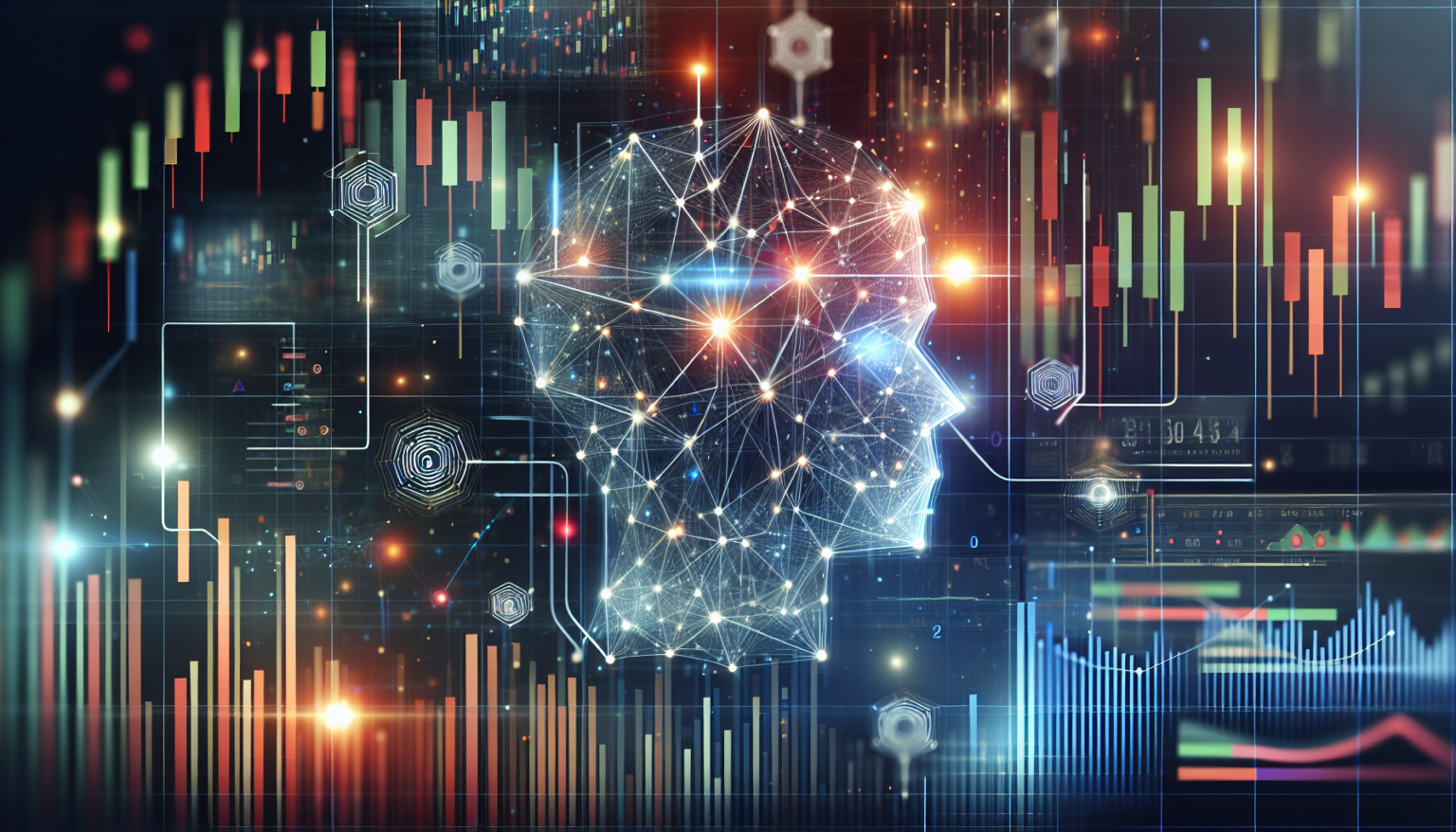Understanding Algorithmic Trading
What is Algorithmic Trading?
Algorithmic trading refers to the use of computer algorithms to automate trading strategies. By leveraging complex mathematical models and high-speed data processing, traders can capitalize on market opportunities much faster than humanly possible. This efficiency allows for better decision-making and often results in higher profitability.
Benefits of Algorithmic Trading
There are several advantages to implementing algorithmic trading strategies, including:
1. Speed
Algorithms can process vast amounts of data within milliseconds, enabling traders to react to market changes in real time.
2. Consistency
Once programmed, algorithms execute trades based on predefined criteria without emotional bias, ensuring consistency in trading practices.
3. Backtesting
Algorithms can be backtested using historical data, allowing traders to assess the effectiveness of a strategy before implementing it in the live market.
4. Diversification
With algorithmic trading, it’s feasible to manage multiple accounts and strategies simultaneously, enhancing diversification.
Developing an AI Framework for Trading
Building an AI framework tailored for algorithmic trading requires a systematic approach. Below, we outline the key components and considerations crucial for constructing a robust AI trading system.
1. Define Your Objectives
Before starting to develop the AI framework, it’s essential to identify the trading goals. Are you looking for long-term investments, day trading, or perhaps scalping? Each objective requires a different approach and strategy.
2. Choose the Right Data Sources
Data is the backbone of any AI trading framework. To make informed trading decisions, you need access to relevant and high-quality data. This can include:
1. Historical Data
Use historical market data for backtesting your algorithm. This helps assess the performance of a trading strategy over different market conditions.
2. Real-Time Market Data
Incorporate live market feeds to enable the algorithm to react quickly to price changes.
3. Alternative Data
Consider non-traditional data sources, such as social media sentiment, news articles, and economic indicators, which can influence market trends.
3. Select an Appropriate Machine Learning Algorithm
Once the data sources are in place, the next step is to choose the right machine learning algorithms for your model. There are several types of algorithms to consider:
1. Supervised Learning
This approach uses labeled data to train models that can predict outcomes based on input features. For instance, you might predict stock prices based on various financial indicators.
2. Unsupervised Learning
Useful for identifying patterns within the data without explicit labels. This could help in clustering stocks based on performance metrics.
3. Reinforcement Learning
This type of model learns to make trading decisions by receiving feedback based on the outcomes of its actions, making it particularly valuable in a dynamic trading environment.
4. Build the Infrastructure
Building a solid infrastructure is vital for the performance and reliability of your AI trading framework.
1. Data Storage
Choose an efficient storage solution capable of handling large datasets for analysis and backtesting. Options include traditional databases, data lakes, and cloud storage.
2. Processing Power
High-performance computing resources are essential for training machine learning models, particularly deep learning networks. Consider utilizing GPU acceleration if your algorithms require extensive computation.
3. Development Environment
Set up a development platform that facilitates coding, testing, and debugging. Typically, Python is the preferred programming language in this field due to its extensive libraries for data science and machine learning.
5. Implement Risk Management
Risk management is a crucial aspect of trading that should be integrated into the AI framework. Establish rules to limit exposure and manage potential losses.
1. Position Sizing
Define how much capital to risk on each trade, perhaps using techniques such as the Kelly Criterion or fixed fractional methods.
2. Stop-Loss and Take-Profit Orders
Incorporate automated stop-loss and take-profit mechanisms to minimize losses and lock in profits, respectively.
3. Diversification Strategies
Utilizing various trading strategies across different assets can lower overall risk and improve expected returns.
6. Backtesting the Trading Model
Before going live, it’s critical to rigorously test the trading algorithm against historical data.
1. Define Metrics for Success
Establish clear performance metrics such as Sharpe ratio, maximum drawdown, and win-loss ratio to evaluate the effectiveness of your trading strategy.
2. Out-of-Sample Testing
Beyond backtesting, conduct out-of-sample tests to verify performance in unseen market data. This helps to avoid overfitting and provides a more accurate assessment of how the model performs under real market conditions.
7. Go Live
After thorough testing, you can finally deploy your algorithm in live trading. However, this transition requires care.
1. Paper Trading
Start by doing paper trading to see how the algorithm performs in real-time without risking real capital.
2. Monitor and Optimize
Constantly monitor the algorithm’s performance and make adjustments as necessary. Financial markets are dynamic; thus, continual optimization is crucial for long-term success.
Future Considerations
As financial technologies continue to evolve, the landscape of algorithmic trading will also transform. Keeping abreast of new advancements in AI and machine learning is essential. Consider the following when planning future updates to your framework:
1. Adaptive Learning
Incorporate adaptive models that can learn from new data and adjust strategies accordingly. This allows the model to remain effective despite changing market conditions.
2. Regulation and Compliance
Stay informed about regulatory requirements within the trading domain. The landscape is regularly updated, and non-compliance can lead to significant penalties.
3. Ethical Considerations
As AI increasingly influences financial markets, consider the ethical implications of algorithmic trading. Transparency and fairness should guide the development and execution of trading algorithms.
By systematically approaching the construction of an AI framework for algorithmic trading, you can establish a powerful tool that capitalizes on market opportunities while managing risks effectively.








